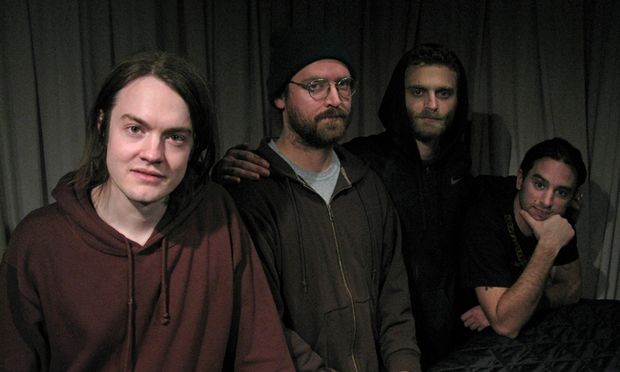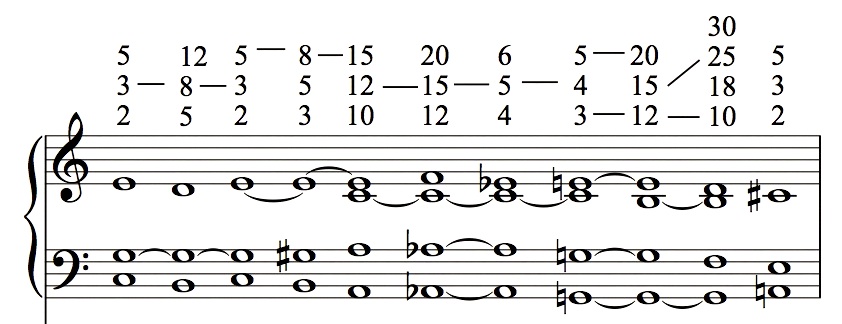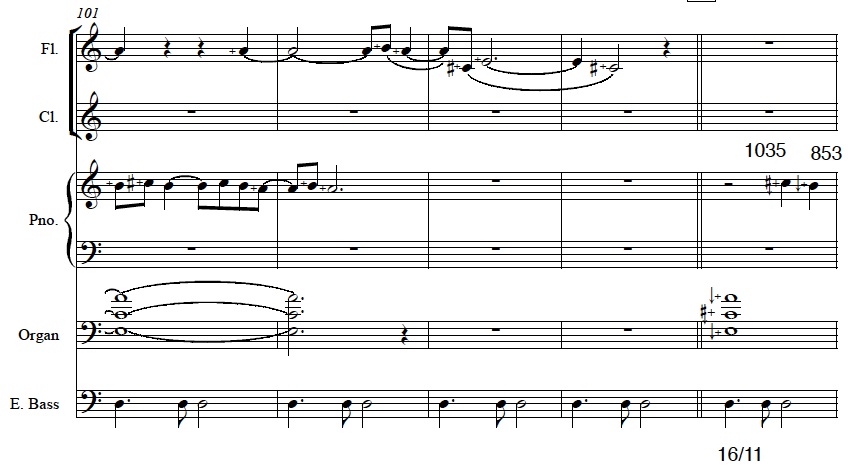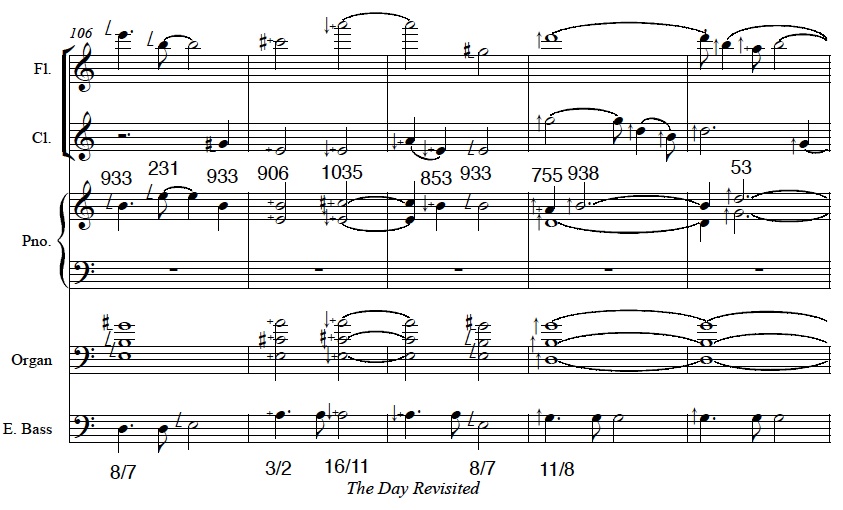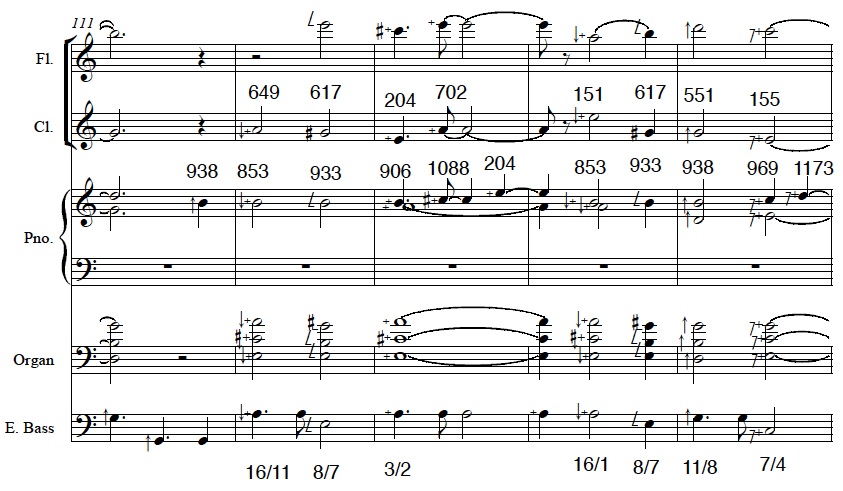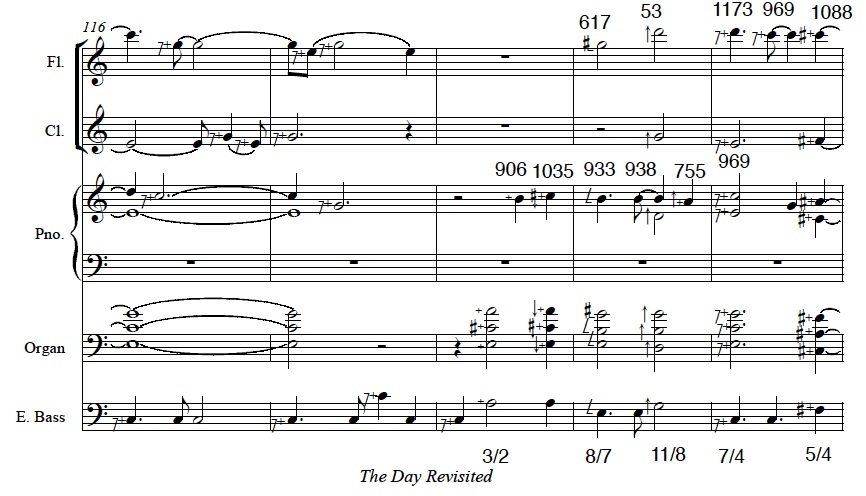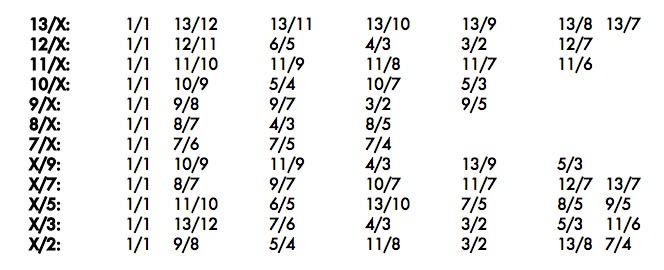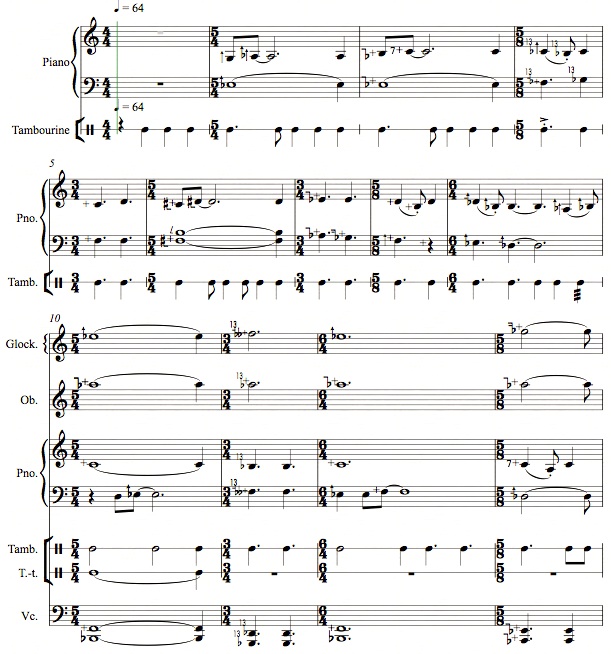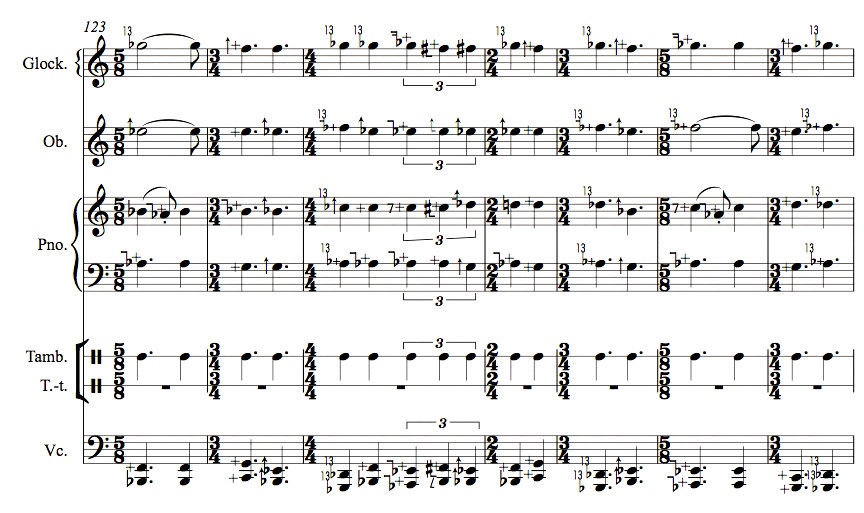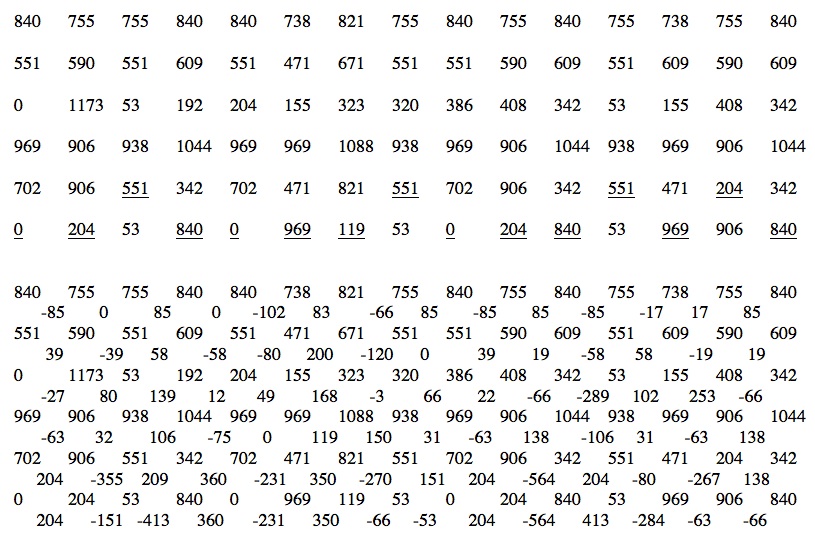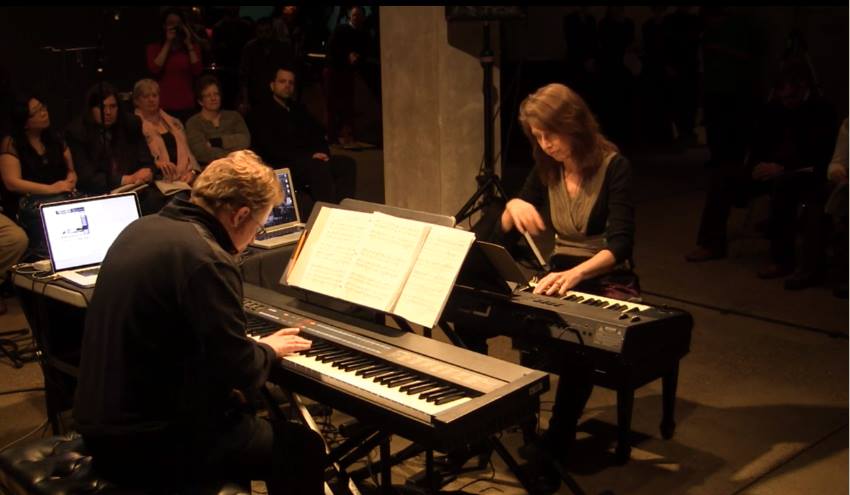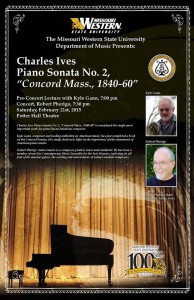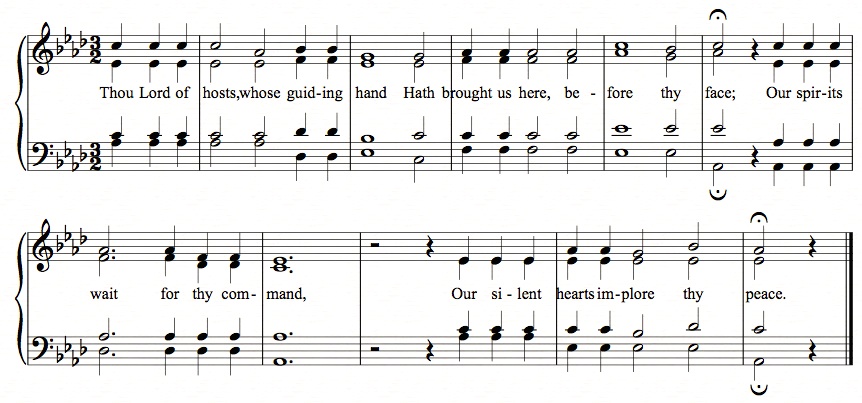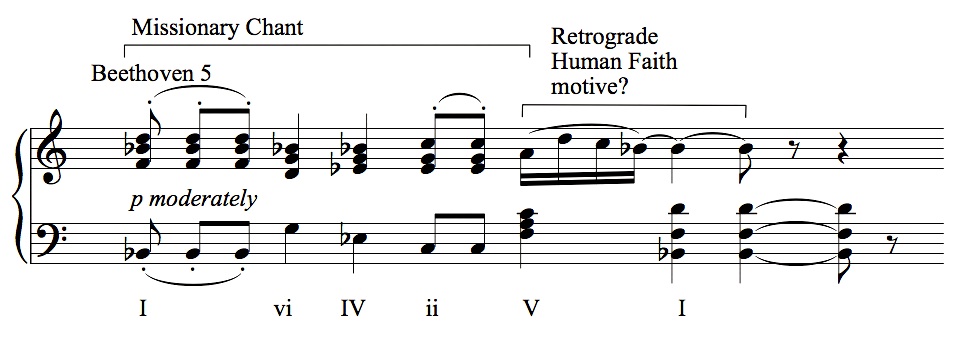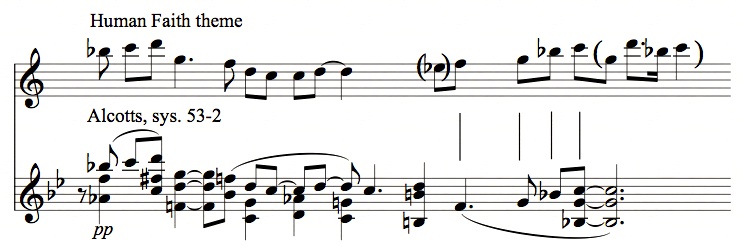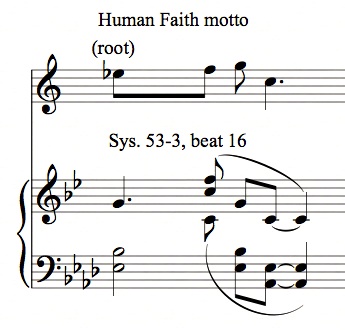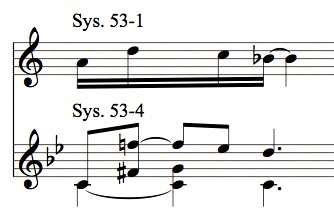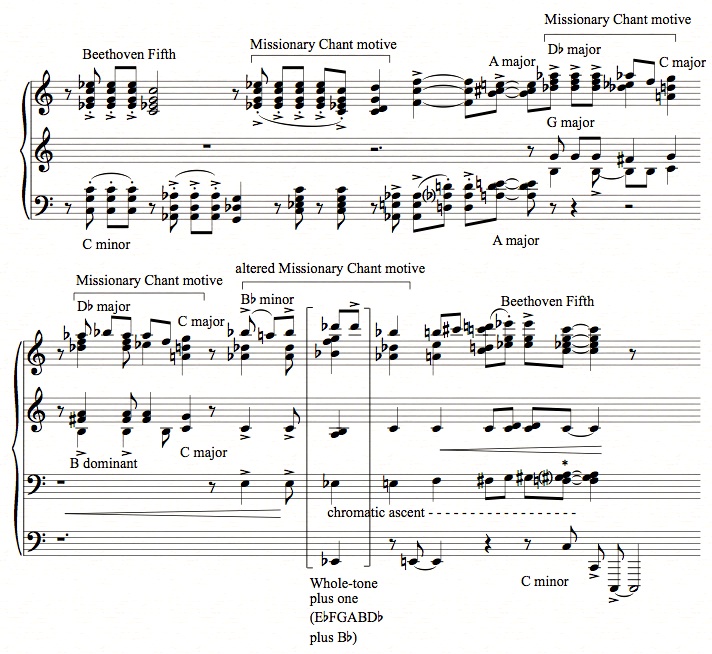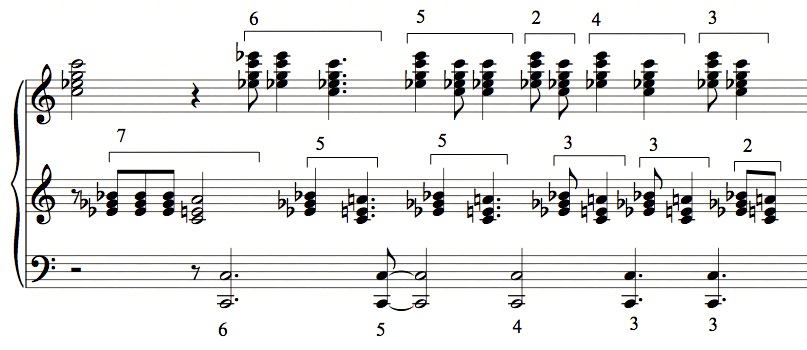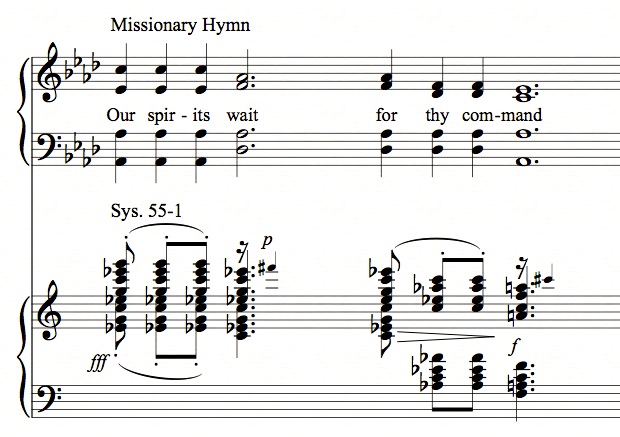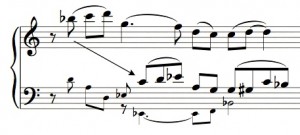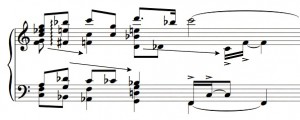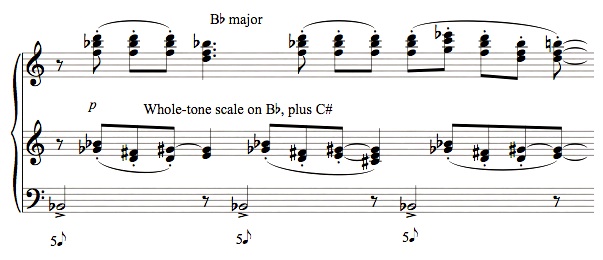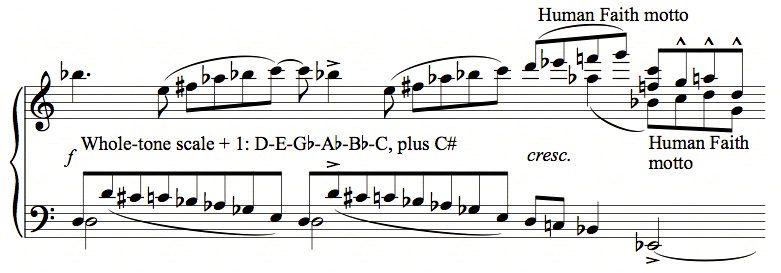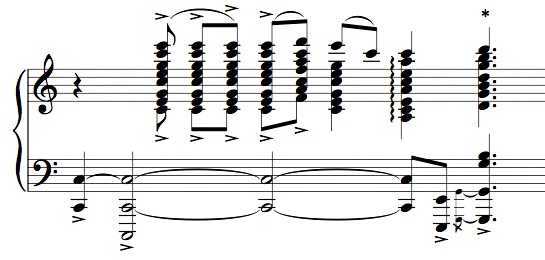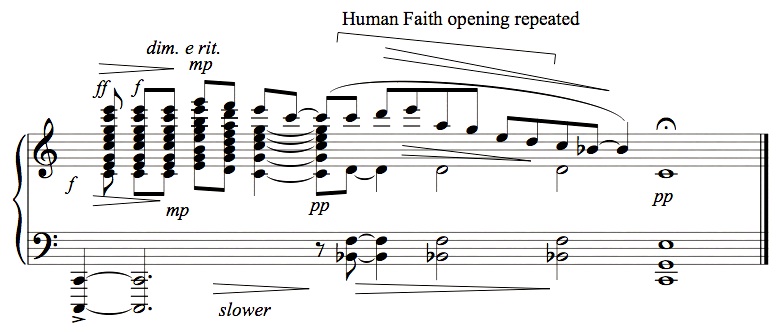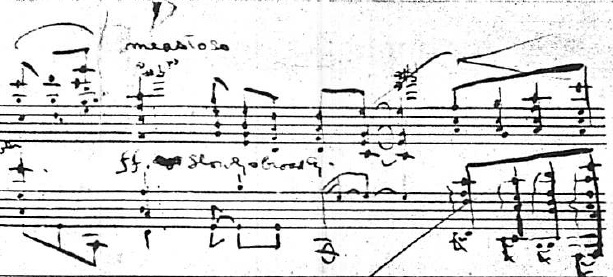From Robin Black’s mouth to God’s ears. And even more true, if possible, about composers.
UPDATE: Allow me to amplify a little. The idea of helping young artists is an attractive one (I’ve done a lot of it myself via publicity and enjoyed doing so), and I eagerly concede Dave Seidel’s point below about the young being at a disadvantage in this economy. It’s not that I desperately need or desire the occasional $3000 cash prize. The issue is that prizes given to young composers often confer upon them a visibility that then tends to follow their careers whether they live up to their early promise or not – let alone the fact that the young composers who win them more often tend to be deft imitators than originals. And so if a composer reaches 35 or 40 without such validations, there are few possibilities to make up that advantage any other way, until finally in your 60s – if you’ve persevered – you get “discovered” by rebellious youngsters. There is no sane reason that the institutional mechanisms by which a composer can become noticed disappear before one is forty. The sentence of Robin Black’s that I identified most with (in fact I’ve written one almost identical) is her response to the MacArthur Foundation:
“I am honored to be asked and will be honored to serve — though I’ll say, as a writer who was too old while emerging for the many ‘under 40’ and ‘under 35’ awards for emerging writers, it’s practically against my religion to shift my gaze from the over-40 set.â€
I tell such organizations that there are far too many brilliant composers of my generation who’ve never received their due, and too many thirty-somethings with stellar careers, for me to look around for young composers to recommend. Any young composer offended by this will someday be a middle-aged composer, and may come to appreciate the sentiment.

